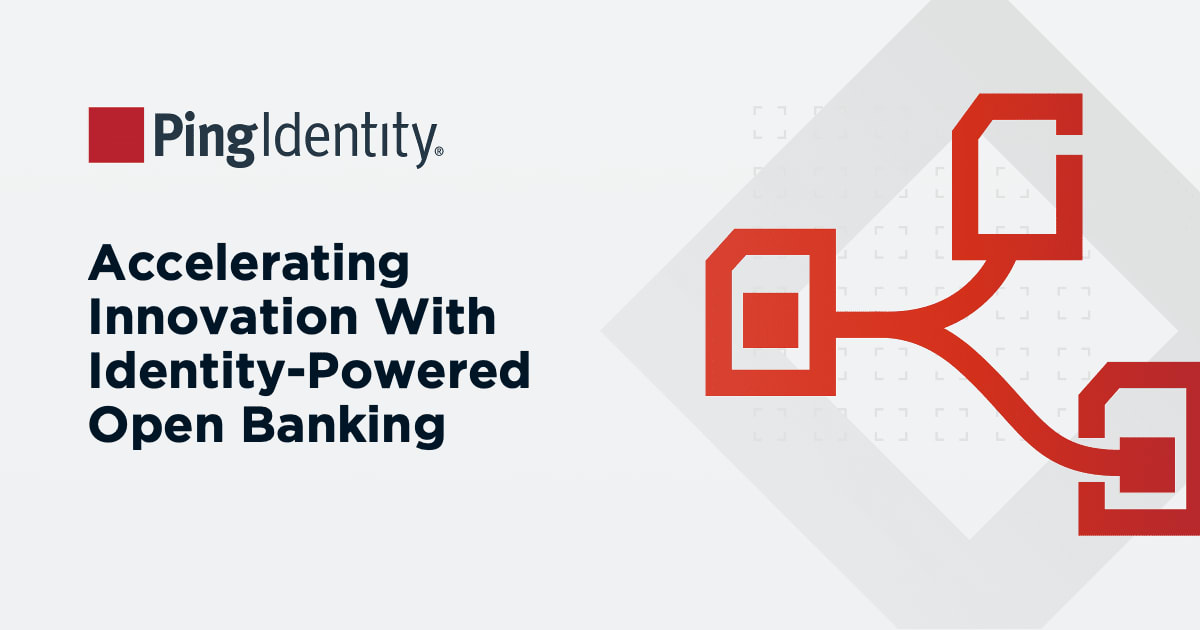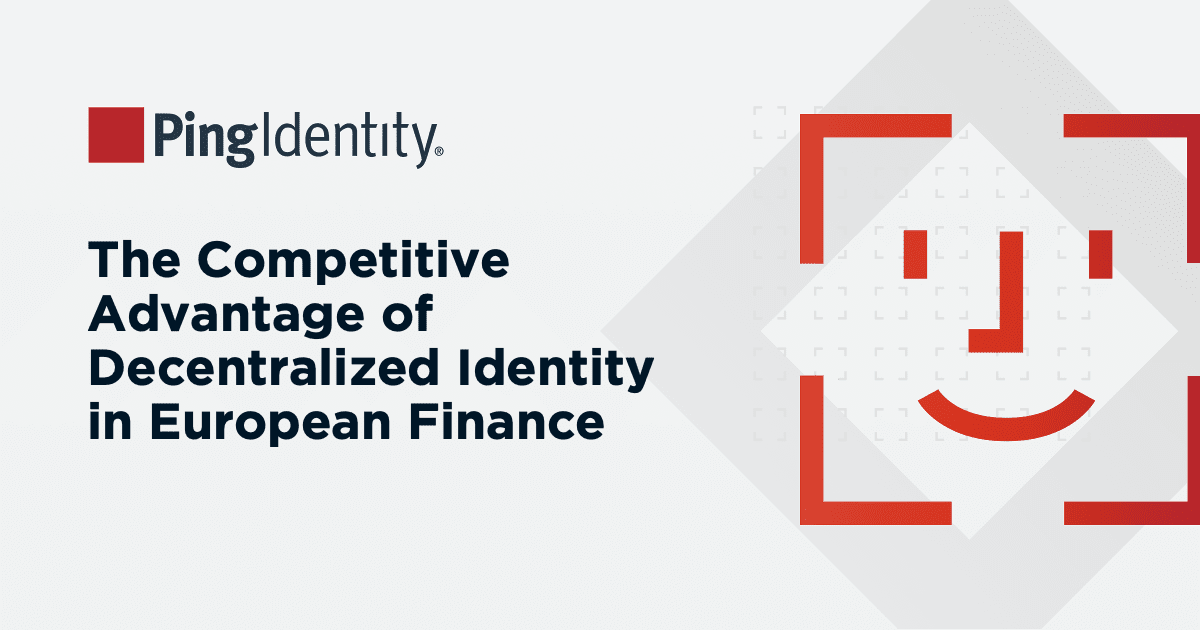Healthcare organizations face unique challenges, including security concerns, complex regulatory requirements, and the necessity to provide seamless user experiences for consumers, employees, and partners.
Unified Identity and Access Management (IAM) has emerged as a critical solution to these issues. A unified IAM strategy integrates various identity and access management functions, such as identity verification, identity governance and administration (IGA), identity management (IDM), access management (AM), identity orchestration, and fraud and risk solutions into a single platform. As a result, unified IAM streamlines identity processes across multiple healthcare IT systems, applications, and environments.
Attend our joint IDMWORKS and Ping Identity webinar
Seamless Security: The Path to Integrated IAM
Systems in Healthcare
For healthcare organizations, unified IAM is vital for several reasons:
Increased Security: As reported in the 2023 ForgeRock Breach Report, (now Ping) the healthcare industry has been the number one target by cybercriminals for over five years. Unified IAM significantly enhances security for healthcare organizations by providing a centralized and consistent framework for managing user identities and access controls. By integrating all IAM functionalities organization-wide into a single identity platform, healthcare leaders can ensure that only authorized personnel have access to sensitive health data and critical systems, thereby reducing the risk of breaches, fraud, and ransomware.
Enhanced Compliance: Healthcare payers and providers are subject to strict regulations such as HIPAA, SOX, PCI, and TEFCA. Unified IAM ensures compliance by providing comprehensive security measures, including multi-factor authentication (MFA), encryption at rest and in-transit, and robust audit trails. These features protect sensitive health data from unauthorized access and ensure that healthcare organizations meet regulatory requirements.
Improved User Experience: A unified IAM system simplifies the registration, onboarding, and login process for all user types (consumer, workforce, partner). For example, by reducing the need for usernames and passwords with passwordless authentication IAM solutions improve the user experience, making it easier for users to access the necessary applications without compromising security.
Reduced Costs: Managing multiple identity systems can be time-consuming, prone to errors, and costly. Unified IAM streamlines administrative tasks, such as onboarding and offboarding employees, managing access permissions, and monitoring user activities. This efficiency reduces the workload on IT staff and minimizes the risk of security breaches due to human error, resulting in reduced costs.
Companies like Ping Identity and IDMWORKS are at the forefront of providing robust unified IAM solutions tailored for the healthcare sector.
For example, with IDMWORKS’ guidance, a large American healthcare application services provider designed a scalable, unified identity management infrastructure based on Ping Identity’s consumer identity and access management (CIAM) platform. This new infrastructure secures and modernizes authentication, improves the user experience (UX), and facilitates compliance across multiple environments spanning 10,000 customers and more than 1 Million users. The results have been transformative:
Decreased Risk
100% visibility of identities across hybrid infrastructure
Streamlined audit trails for demonstrating compliance with HIPAA, SOX, PCI, etc.
Increased Revenue
Unified user login experience across multiple environments obtained via M&A
Eliminated previous delays in creating new identities
Reduced Cost
Help Desk calls reduced 50-75%
Adopting a unified IAM strategy is crucial for staying ahead of security threats and operational challenges in the evolving healthcare industry. The comprehensive solutions from Ping Identity and IDMWORKS provide the necessary tools and expertise to implement a robust unified IAM framework.
Learn more by attending our joint IDMWORKS and Ping Identity webinar Seamless Security: The Path to Integrated IAM Systems in Healthcare.


